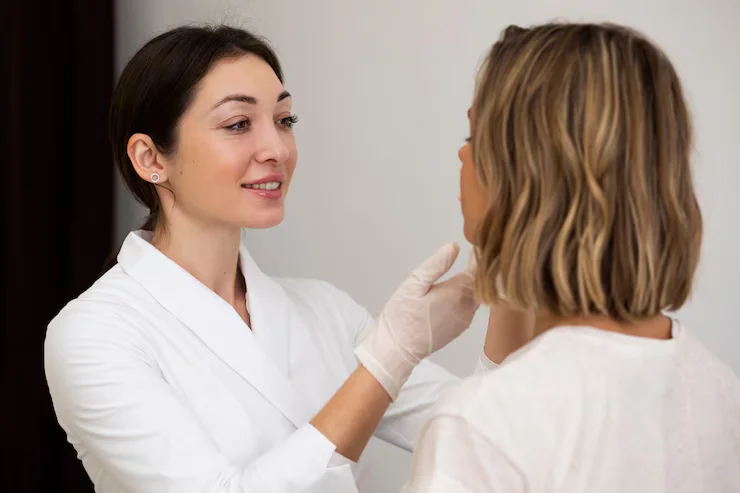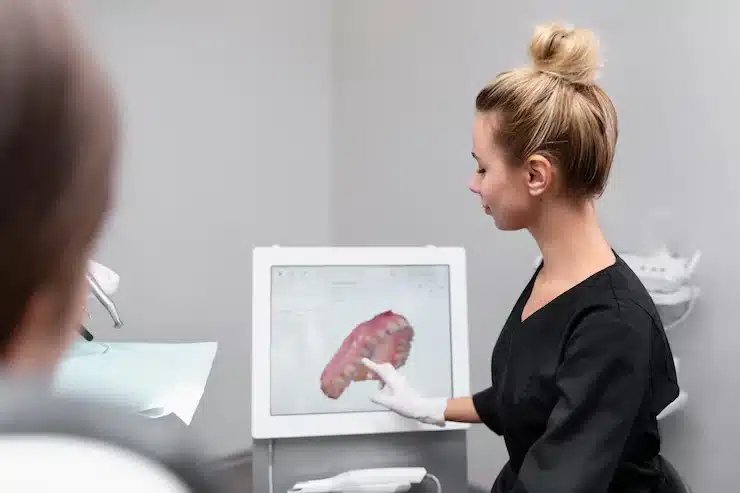The Growing Demand for Phlebotomists in 2025: Why This Career Path is More Relevant Than Ever

As we approach 2025, healthcare continues to evolve at a rapid pace. One career that has shown consistent growth and remains in high demand is phlebotomy. Phlebotomists, the skilled professionals who draw blood for diagnostic tests, blood donations, and other medical purposes, play an essential role in the healthcare system. With the ongoing advances in medical technology, an aging population, and an increasing emphasis on preventative care, the demand for qualified phlebotomists is expected to rise significantly. In this blog, we will explore why phlebotomists are more crucial than ever and why enrolling in phlebotomy courses might be your gateway to a rewarding and secure career.
The Role of Phlebotomists: Why They Are Essential to Healthcare
Phlebotomists are often the first healthcare professionals that patients interact with when they come in for diagnostic tests or medical procedures involving blood draws. While their role may seem straightforward, it requires a unique skill set that combines medical knowledge, technical expertise, and strong interpersonal communication.
Phlebotomists perform venipuncture (the process of drawing blood from a vein) with precision and care. They are responsible for preparing patients for the procedure, explaining what to expect, and ensuring a safe and hygienic environment. Moreover, they must adhere to strict guidelines to ensure the blood samples are accurately labeled and transported to the laboratory for analysis.
Their duties extend beyond just drawing blood. Phlebotomists must be well-versed in:
- Safety protocols: Managing bloodborne pathogens, maintaining a sterile field, and using personal protective equipment (PPE).
- Patient interaction: Communicating effectively with patients, especially in high-stress situations.
- Blood sample handling: Ensuring specimens are correctly handled to prevent contamination or degradation.
Given these diverse responsibilities, it’s no wonder that phlebotomists are critical players in the healthcare system.
Why the Demand for Phlebotomists is Rising
There are several key factors driving the growing demand for phlebotomists in 2025 and beyond. Let’s explore them in detail:
1. Aging Population
As the global population continues to age, the need for healthcare services increases. In particular, older adults often require more frequent medical tests, including blood work, to monitor and manage chronic conditions like diabetes, hypertension, and cardiovascular diseases. The U.S. Census Bureau projects that by 2025, one in five Americans will be 65 years or older, significantly increasing the demand for healthcare professionals, including phlebotomists.
2. Increased Focus on Preventative Healthcare
Preventative care is becoming a cornerstone of modern healthcare, with blood tests playing a pivotal role in early diagnosis and disease prevention. Many conditions, such as high cholesterol, diabetes, and certain cancers, can be identified early through routine blood work, which allows for timely intervention. As more individuals seek to monitor their health proactively, the demand for skilled phlebotomists to collect these samples will continue to grow.
3. Advances in Medical Technology
Advancements in medical technology have not only improved the accuracy of blood tests but have also made the process of blood collection more efficient. As technology evolves, so too does the need for well-trained phlebotomists to work with new tools and equipment. For example, automated blood collection devices are gaining traction, allowing phlebotomists to draw blood with greater speed and precision. Additionally, newer testing methods, such as genetic screenings, rely heavily on accurate blood samples. As these technologies become more common, the need for phlebotomists who can adapt to new systems will increase.
4. Expanding Healthcare Industry
The healthcare sector is one of the fastest-growing industries worldwide. As more hospitals, clinics, and specialized healthcare facilities open to accommodate the rising demand for medical services, the need for phlebotomists also grows. In particular, urgent care centers, outpatient clinics, and medical research labs rely heavily on phlebotomists to collect blood samples for diagnostic purposes.
Furthermore, the recent increase in telemedicine, where patients may consult with doctors remotely, also necessitates more frequent blood tests to monitor conditions. Phlebotomists may be called upon to provide mobile blood collection services, expanding the role and reach of the profession.
Job Security and Growth Opportunities
Phlebotomy is widely regarded as a stable and recession-proof career. Healthcare is an essential service, and blood tests are required in nearly every aspect of medical treatment and diagnostics. According to the U.S. Bureau of Labor Statistics (BLS), the demand for phlebotomists is expected to grow by 22% from 2020 to 2030, which is much faster than the average growth rate for other occupations. This robust growth is a direct result of the factors mentioned above, including the aging population and increased emphasis on preventive healthcare.
Phlebotomy offers great job security, and with further specialization and education, phlebotomists can advance to other roles within the healthcare industry. Some may choose to pursue positions as laboratory technicians, supervisors, or educators. Others may transition into related fields like nursing or medical assisting.
The Path to Becoming a Phlebotomist
Becoming a phlebotomist typically requires completing a phlebotomy course and obtaining certification. These courses are often available at community colleges, vocational schools, and online platforms, offering flexibility for those looking to enter the field quickly.
A typical phlebotomy course includes both theoretical and practical training. Students will learn about human anatomy, blood composition, medical terminology, and infection control protocols. They will also undergo hands-on training where they practice blood draws on simulated models or real patients under supervision. Upon successful completion of the course, students are eligible to sit for certification exams, which are often required by employers.
Some of the most recognized certification organizations include the American Society for Clinical Pathology (ASCP) and the National Phlebotomy Association (NPA). Certification not only enhances employability but also demonstrates a commitment to quality and professionalism in the field.
Why Choose Phlebotomy as a Career in 2025
With the demand for healthcare services on the rise, phlebotomy offers job stability and growth. It also provides a chance to make a meaningful impact in people’s lives by contributing to their health and well-being. Phlebotomists are integral to the diagnostic process, often being the first to identify health issues through blood samples.
Moreover, the educational path to becoming a phlebotomist is relatively short compared to other healthcare professions, making it an excellent choice for those looking to start a career in healthcare quickly. Phlebotomy is also a highly transferable skill, meaning that qualified phlebotomists can work in various healthcare settings, from hospitals and clinics to research labs and blood donation centers.
Conclusion: A Rewarding Career with a Bright Future
As we approach 2025, the demand for phlebotomists is set to grow rapidly, driven by an aging population, advances in medical technology, and a greater focus on preventative healthcare. With an increasing need for blood collection across various medical settings, qualified phlebotomists will continue to play a crucial role in healthcare delivery.
If you’re considering a career in healthcare that offers stability, growth opportunities, and the chance to make a difference, enrolling in phlebotomy courses may be the right choice for you. With the right training and certification, you can step into a rewarding profession with job security and a positive outlook for the future.

Stand Out This Canada Day with Smart Print Marketing

What Documents Are Needed for a Vehicle Loan Approval?

The Dropshipping Business In 2025 And Its Current Trends

AI in Marketing Is No Longer a Buzzword — It’s the Strategy

The Psychology of Trophy Colors and Shapes: A Deep Dive for Trophy Makers

Dental Crowns Explained: Are They the Right Fit for Your Damaged Tooth?

How to Choose the Best Dermatologist in Ranchi for Your Skin Concerns

Revitalize Your Routine with Red Maeng Da Kratom: Nature’s Balance of Energy and Calm








